Some people tend to think that learning writing an essay is difficult. This is not true. With a great teacher, it is not difficult. To write a good essay, you are required to be conversant with several things;
First, you should know how to structure your essay
When you are writing an essay, it should be in a flowing manner. Sentences should follow each other in a logical manner. Proper signposts should be used as a guide.
Your work should take the following structure;
- Introduction
- Body
- Conclusion
- References
Introduction
The purpose of the introduction in an essay is introducing a subject, explaining your understanding of the question, and describing briefly how you will deal with the question. A good introduction is usually short and direct to the point. Sometimes you can write a provisional introduction as you start writing your essay and then rewrite it after you are done with your first essay. Alternatively, you can write your introduction after you are done with the body of your essay. Always conclude your introduction paragraph with a thesis statement.
A thesis statement is simply a statement that you plan to prove in your paper. It tells the reader:
- What the paper is about
- The points you are making
The thesis statement has two components, the topic,and the essay points. For a good thesis statement, you should be specific, concise, clear, and you should also take a position. It is only after you have developed a thesis statement that you can write the introductionto your essay.
Main body
In the main body is where you argue, describe, or explain your chosen topic. Each paragraph contains themain idea. This means that if your main ideas are three, then you will have three paragraphs in your body section. Each idea supports the thesis statement.
Here, the first paragraph should state the strongest argument. The idea should be followed by supporting information, evidence, facts, and examples where applicable. Conclude the paragraph with a summation of the main idea.
The second paragraph takes the same format with the second strongest argument. The trend should follow for other paragraphs. The last paragraph should contain the strongest argument. Always remember to conclude your paragraphs with a summation of what you have discussed.
Conclusion
The purpose of a conclusion is summing up or drawing a conclusion from your arguments. The conclusion is usually short. You should restate your thesis statement in this paragraph using words that are slightly different. Then summarize the arguments you presented in the main body. The last sentence should indicate the end of your essay.
List of references
At the end of your essay, you are required to include a list of references. While writing your essay, you are required to acknowledge the use of words and ideas from other authors. This helps in;
- Validating your arguments
- Avoiding plagiarism
- Giving credit to original authors for their work
- Enable a reader to follow original work
- Prove you have conducted research
At this point you should be able to write a perfect essay. Use services such as Essay Mojo to proofread your essay before you submit
Let’s talk more about plagiarism
Plagiarism involves using directly or indirectly the ideas of other people as your own. Plagiarism also involves:
- Copy and pasting images or texts without showing their source
- Writing a summary without showing the original source
- Making a few changes in a section without showing the original source
Most academic institutions use anti-plagiarism software to quickly check for any plagiarism in academic work. The software pulls on huge databases of journals, books, web sources, and other submitted work to compare with your submitted work. Essay writing service guides students in writing plagiarism-free papers.
Tips to avoid plagiarism
- Paraphrase the information.
- Cite properly your sources.
- Cite quotes properly by adding a paragraph or page number.
- Including a reference page or work cited at the end of your paper.
Referencing styles
There are various referencing styles. The most common are APA, Harvard, MLA, and Chicago. To properly cite your sources in all the referencing styles, you need to record the following information:
- Full names of author or authors
- Publication date (could be the year or month and date for webpages)
- Article title
- Publisher
- Volume, number, and page numbers (especially when referencing journals and books)
- URLs
With this information, you are ready to put correct references. You should reference your work in the text known as an in-text reference and in the reference list. The in-text citation is the abbreviated version of the full reference in the reference list.
Every referencing style takes a different format. For this article, we look at the APA referencing style because it is the most common. We shall,however, look at the referencing styles in depth in the next article. It is always important to check with your institution which is the preferred referencing style.
APA referencing style
In APA, referencing any sources follows the following format;
Author. Publishing date. Title. Publisher.
Other information such as volume, issue number, page numbers, DOI, and URKs are included depending on the type of source. Let’s look at how to reference different sources in APA style.
Book
| Devan, D. A. (2014). Social Cohesion. Sydney, Australia: Allen & Unwin. |
Scholarly Journal
| Bough, C., & Holliday, K. (2008). A challenge to the menopause stereotype: Young Australian women’s reflections of ‘being diagnosed’ as menopausal. Health & Social Care, 16(6), 565-572. doi: 10.1111/j.1365-2524.2008.00777.x |
Newspaper article
| Bagna, D. (27 January 2019). Public schools: Why they are out in front? The Bulletin, pp. 12-15. |
There are other types of sources such as web pages with or with no author, book chapters, industry reports, and government publication. We shall look at how to reference these sources in the next article to show that learning writing essay is simple.




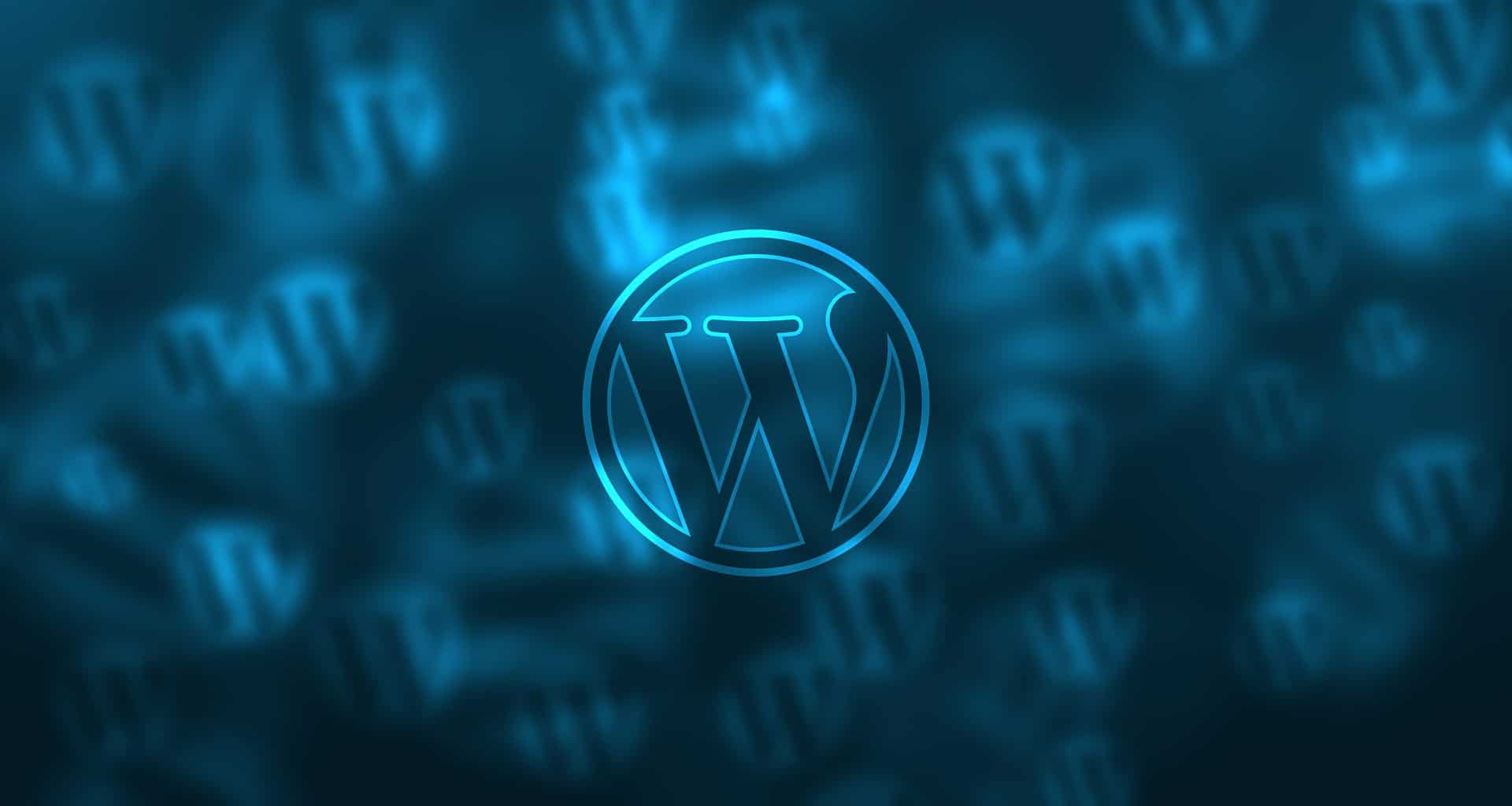







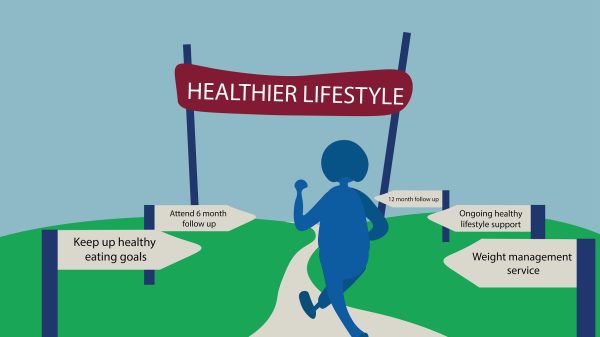



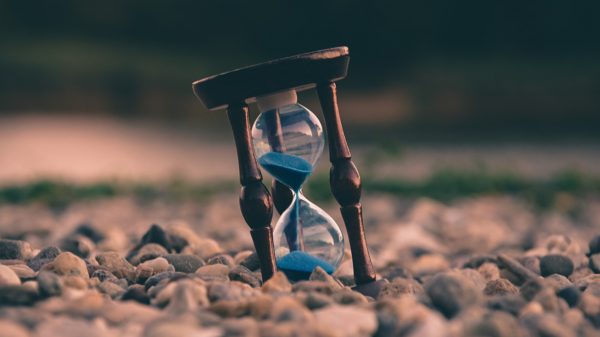
























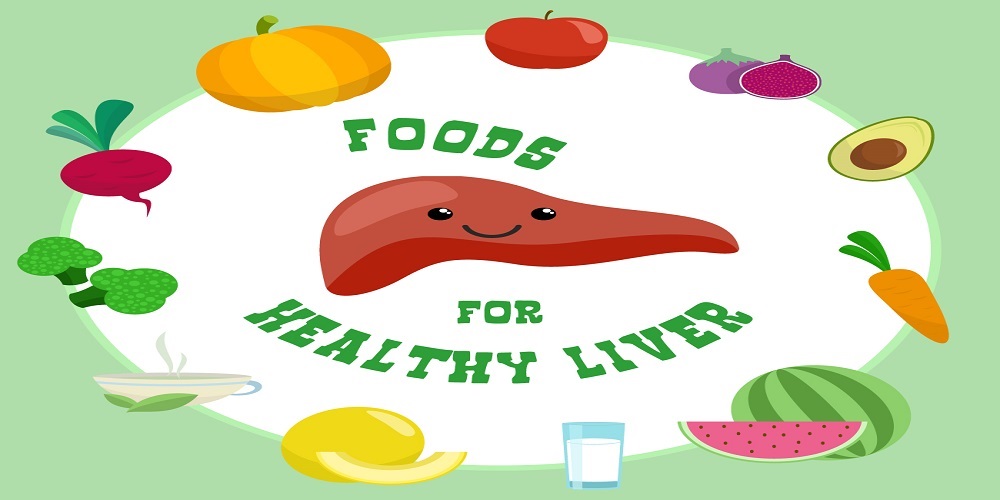



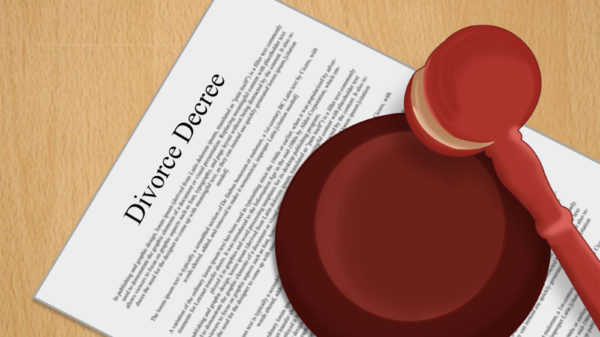



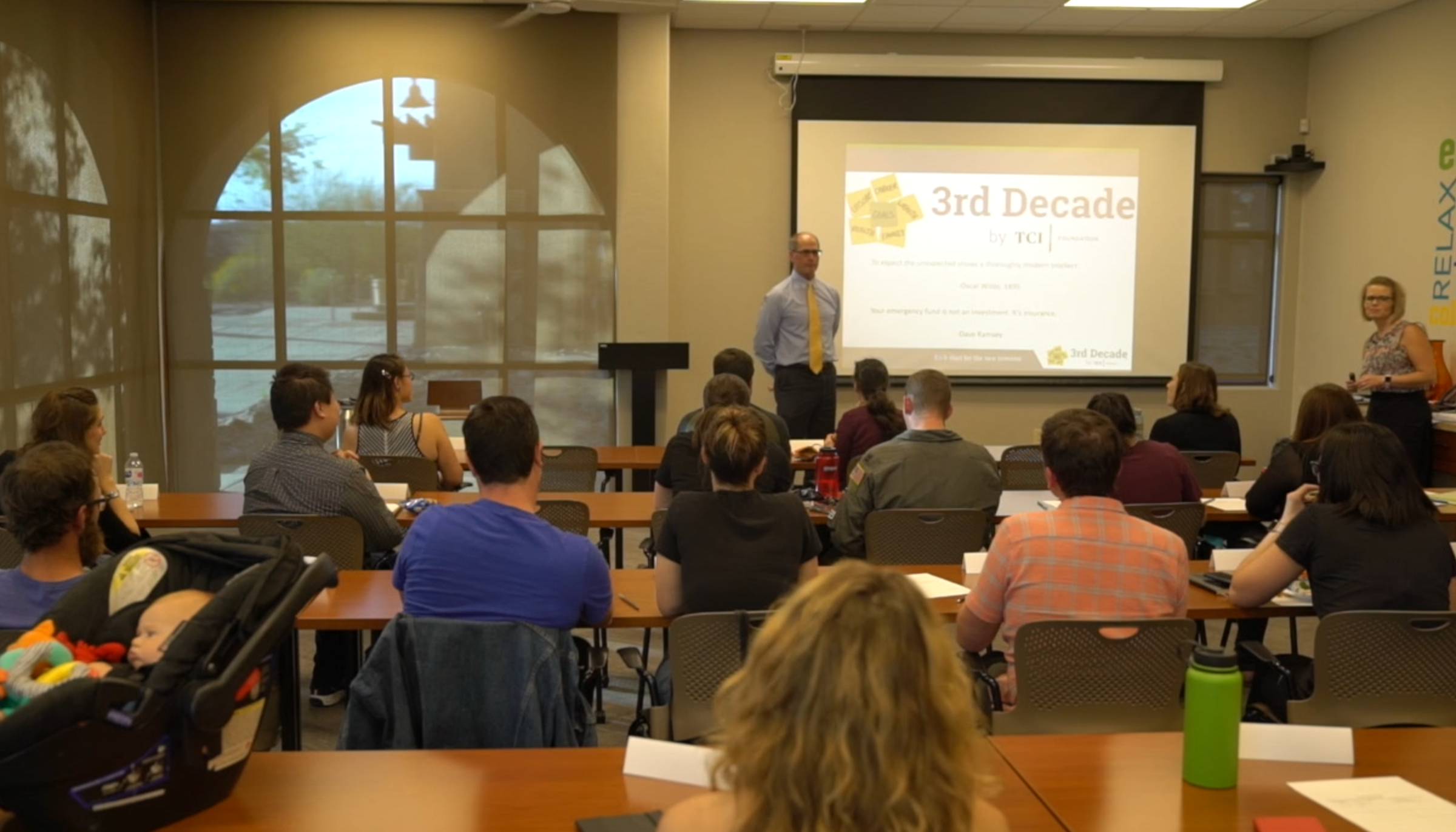







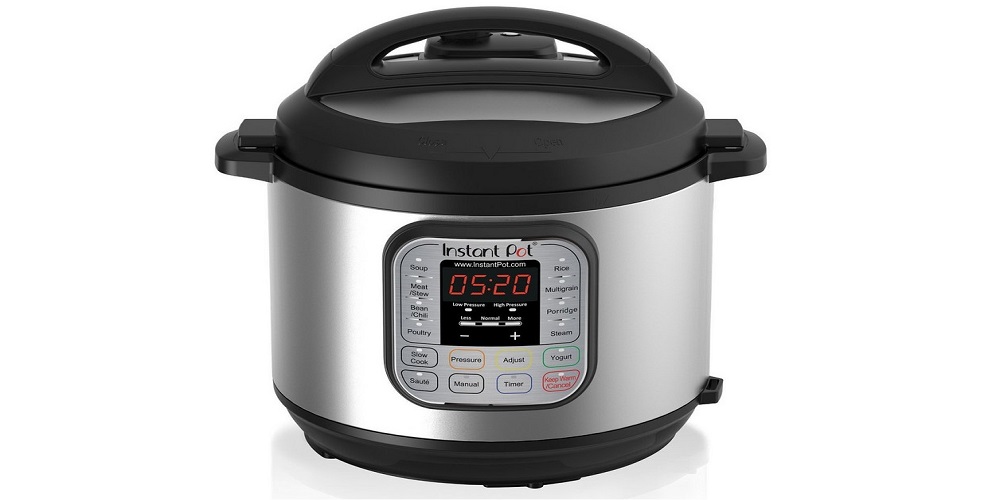















You must be logged in to post a comment Login